Video games transport us to fantastical worlds filled with discovery, adventure, and unexpected moments of wonder. The best open-world games create a perfect balance of freedom and direction, allowing players to explore vast landscapes while gradually uncovering the world’s secrets.
What if you could design a real-world travel experience that captures this sense of boundless exploration and discovery? Here is a list of 20 destinations embodying an open-world game’s vibe, with side quests, hidden treasures, and unforgettable vistas.
Kyoto’s Ancient Districts
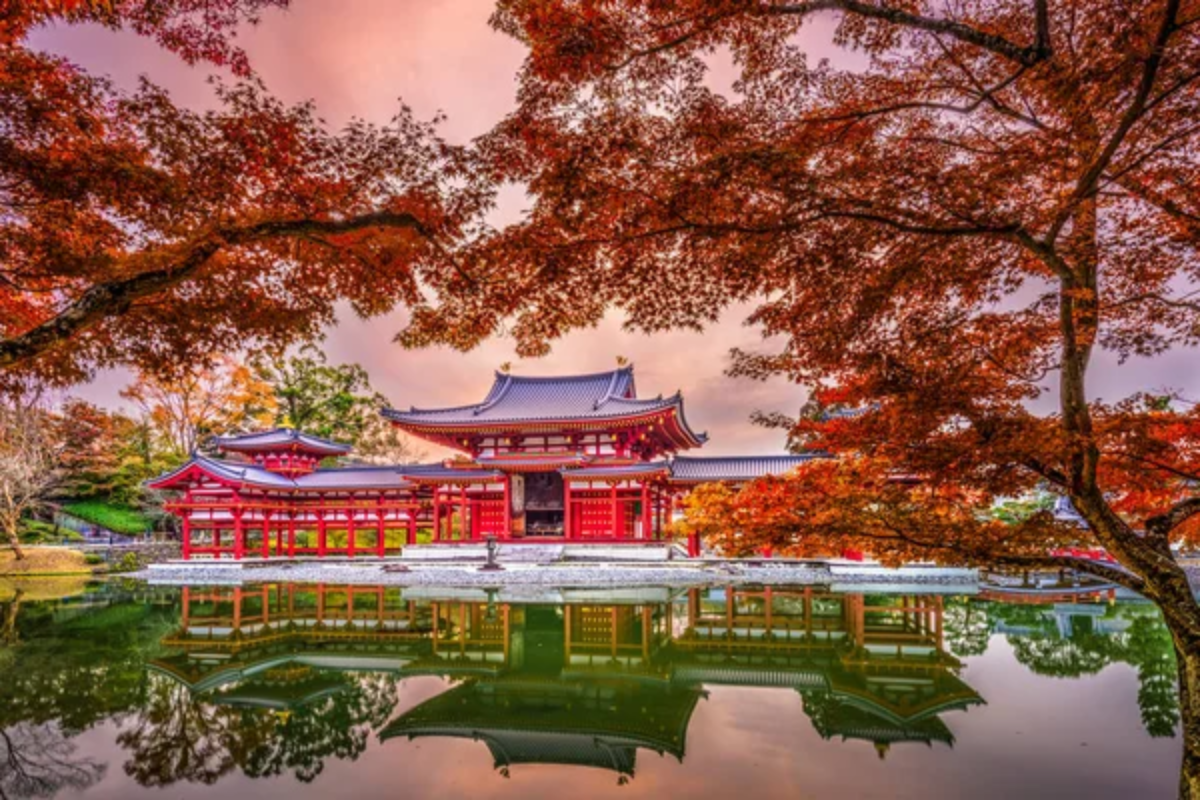
Kyoto’s historic districts feel like the tutorial area of an open-world game. Ancient temples stand alongside modern conveniences, creating a perfect blend of accessibility and authenticity.
Wandering through the bamboo forest of Arashiyama evokes the familiar sensation of discovering an untouched biome for the first time. The city’s grid layout makes navigation intuitive, yet each alley promises unexpected encounters with local artisans or hidden shrines.
Iceland’s Otherworldly Highlands
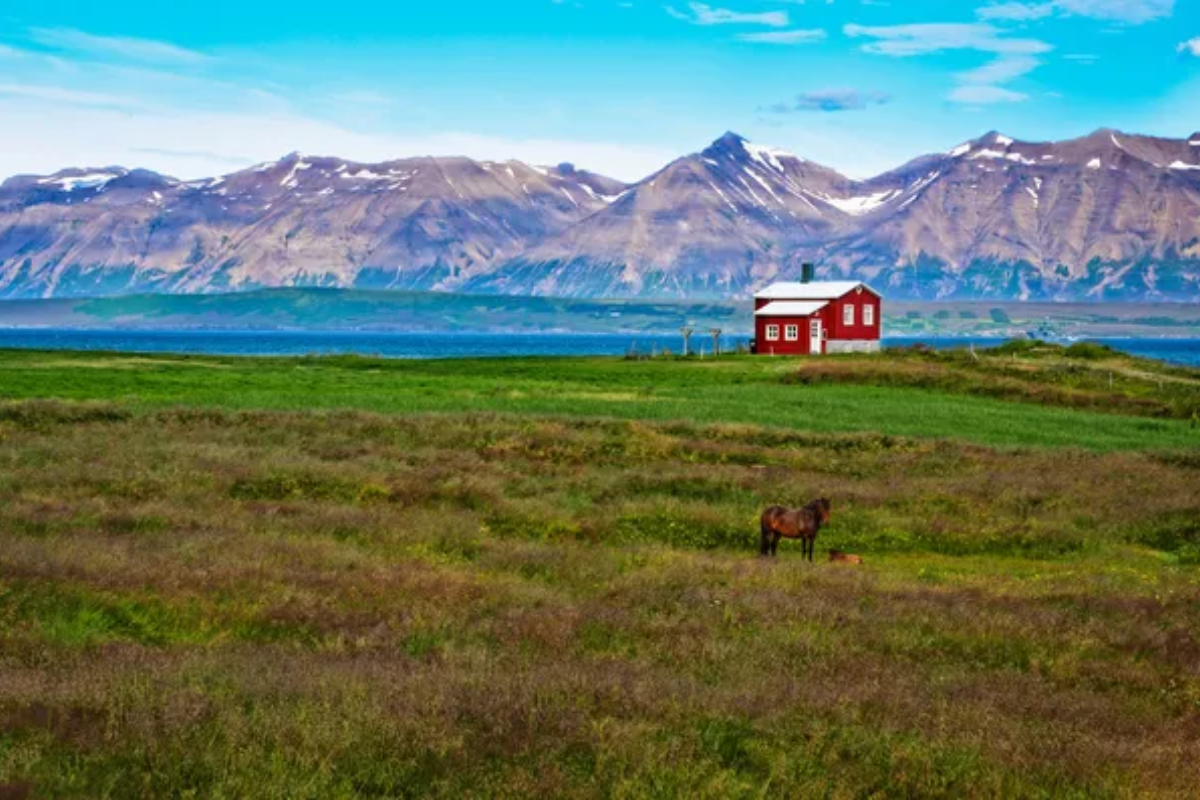
The Icelandic Highlands embody the classic ‘dangerous-but-rewarding’ region of open-world games. This remote interior landscape features black sand deserts, steaming geothermal vents, and mountains painted in sulfuric yellows and volcanic reds.
The limited access points and rugged F-roads create a natural progression system, requiring travelers to “level up” their vehicle and skills before venturing deeper. Even the weather changes dramatically without warning, just like those frustrating dynamic weather systems in games.
Like Travel Pug’s content? Follow us on MSN.
Marrakech’s Labyrinthine Medina

Marrakech’s ancient medina perfectly captures the ‘dense urban hub’ of open-world games. The narrow, winding streets seem impossible to navigate but gradually become familiar as you establish landmarks and favorite routes.
Vendors call out like NPCs with side quests, offering everything from spices to handcrafted treasures. The central Jemaa el-Fnaa square serves as the city’s hub, coming alive at night with storytellers, musicians, and food stalls—the perfect spot to ‘recharge’ before heading back into the maze.
New Zealand’s Milford Sound

Milford Sound delivers that jaw-dropping moment when a game reveals its most spectacular vista. The sheer cliffs rising thousands of feet from dark waters create a sense of scale that feels almost digital in its perfection.
Waterfalls tumble from seemingly impossible heights, appearing and disappearing with the rainfall. Wildlife spotting becomes its own mini-game as dolphins, seals, and penguins make surprise appearances alongside your boat.
Utah’s Monument Valley
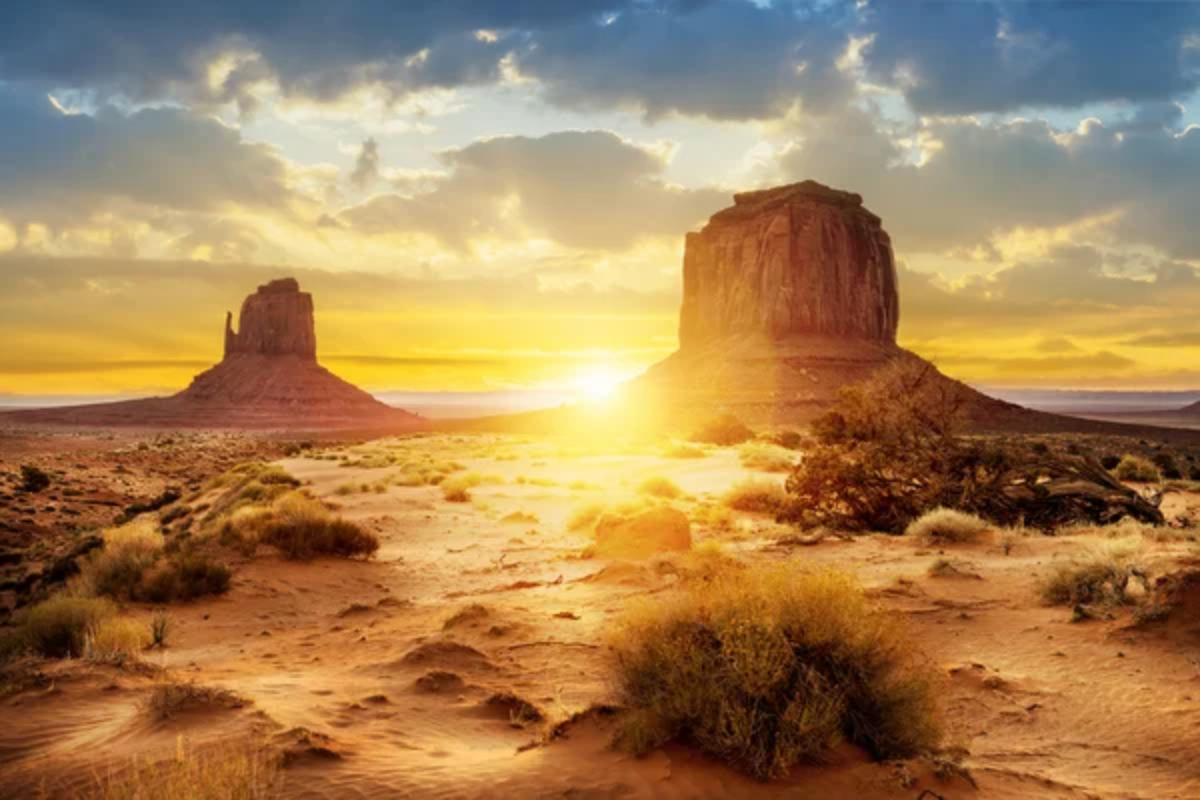
Monument Valley embodies the distinct ‘desert region’ of classic open-world games. The vast landscape dotted with towering sandstone buttes creates that familiar sensation of landmarks always visible on the horizon yet deceptively distant.
The region’s distinctive red earth changes color throughout the day, shifting from burnt orange to deep crimson as the sun moves across the sky. Local Navajo guides offer knowledge that feels like accessing special character dialogue options, revealing the cultural and geological stories behind these magnificent formations.
Like Travel Pug’s content? Follow us on MSN.
Tokyo’s Neon Districts

Tokyo’s Shinjuku and Shibuya districts capture the cyberpunk hub city aesthetic of futuristic open-world games. The multi-level landscape of overpasses, underground malls, and skyscraper rooftops creates a vertical playground of exploration.
Each district has its distinct personality and atmosphere, from the corporate gleam of Marunouchi to the counterculture haven of Shimokitazawa. The reliable train system acts as a fast-travel network, instantly transporting you between radically different environments.
Peru’s Sacred Valley
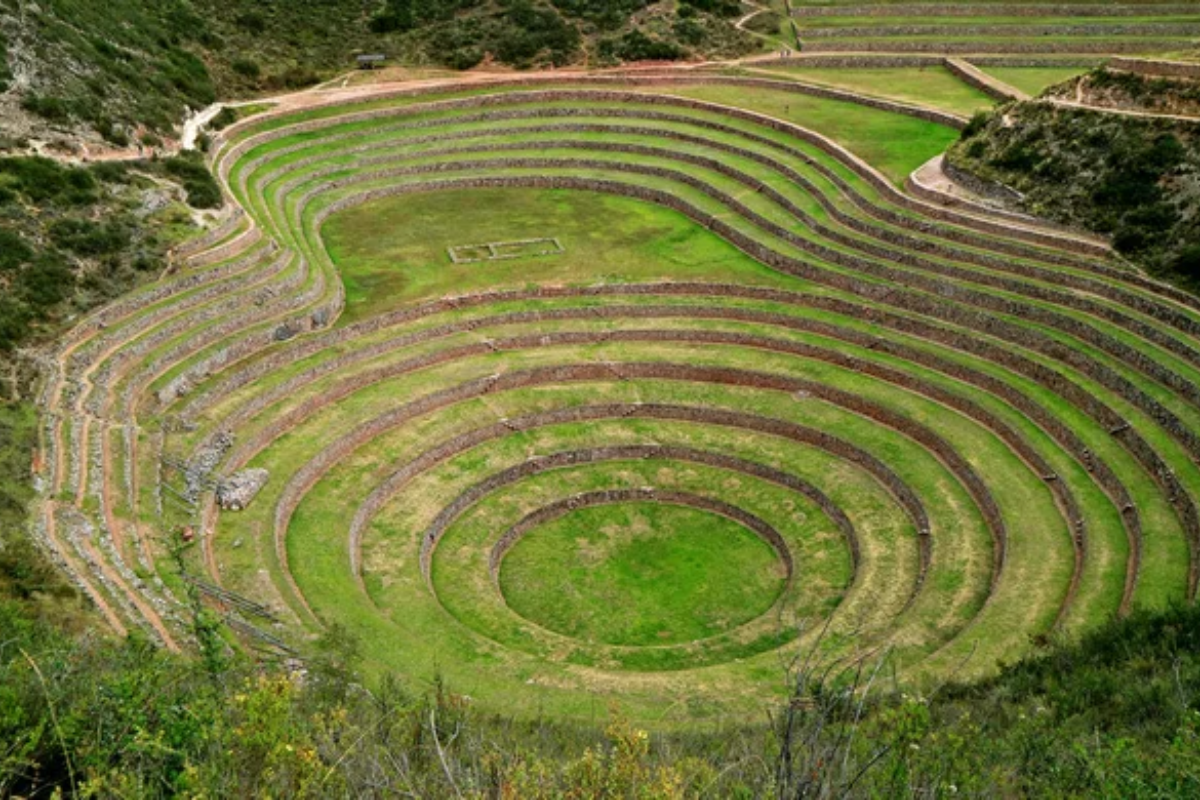
The Sacred Valley functions like the history-rich central zone of epic role-playing games. Ancient Incan ruins dot the landscape, each offering insight into the region’s complex backstory. The agricultural terraces carved into steep mountainsides demonstrate the impressive engineering achievements of past civilizations.
Local markets in towns like Pisac and Chinchero offer crafts that seem pulled straight from a game’s collectibles system, with each region specializing in distinct textiles and pottery styles.
Scotland’s Isle of Skye
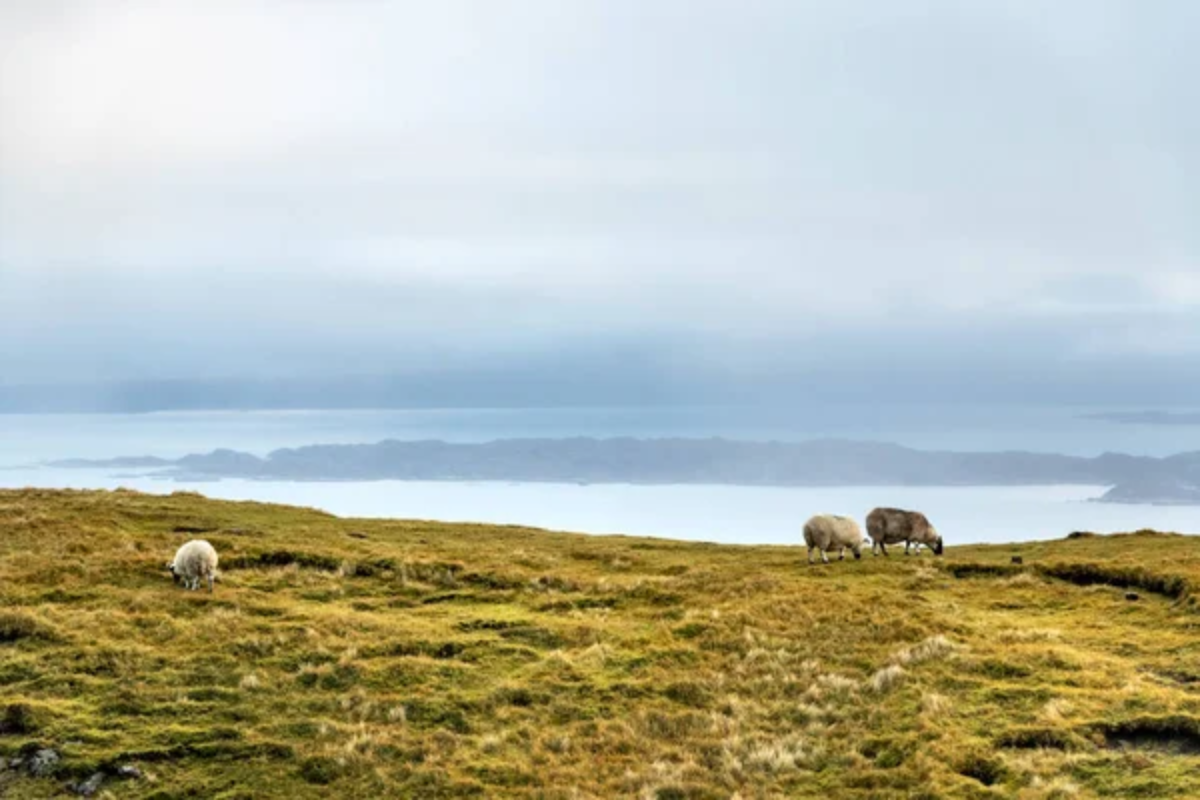
The Isle of Skye delivers that perfect mix of accessible wilderness and magical landscapes found in fantasy open-world games. The Quiraing’s strange rock formations look like they were designed by game developers rather than shaped by natural forces.
Mist frequently rolls across the landscape, creating that familiar ‘atmospheric fog’ that adds mystery while conveniently limiting draw distance. Stone circles and ancient ruins across the island serve as the perfect collectible-hunting grounds for history enthusiasts.
Like Travel Pug’s content? Follow us on MSN.
Croatia’s Plitvice Lakes
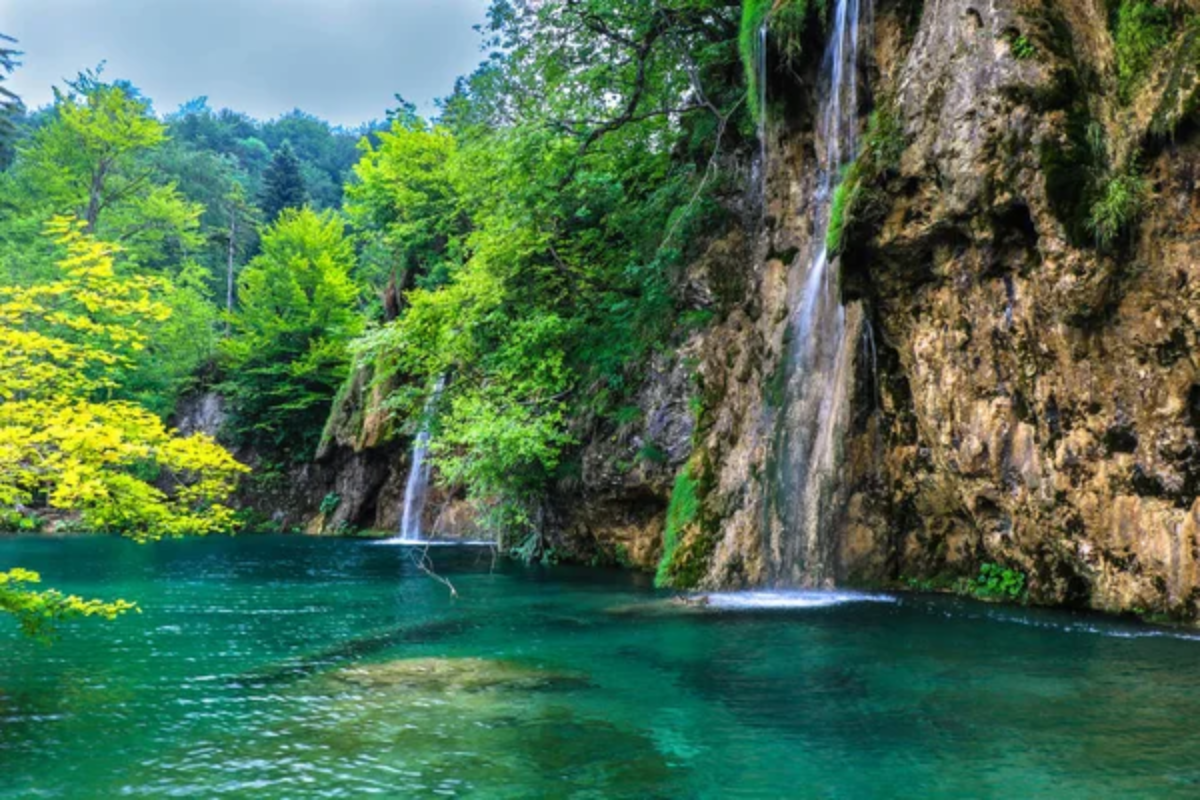
Plitvice Lakes National Park embodies the “enchanted forest” biome of fantasy games. The interconnected lakes cascade into one another through waterfalls, creating a natural multi-level water design that would make game developers jealous.
Wooden walkways weave through and over the water, guiding visitors while maintaining the illusion of untouched wilderness. The lakes shift from emerald to azure depending on mineral content and sunlight, creating distinct zones within the park.
Petra, Jordan
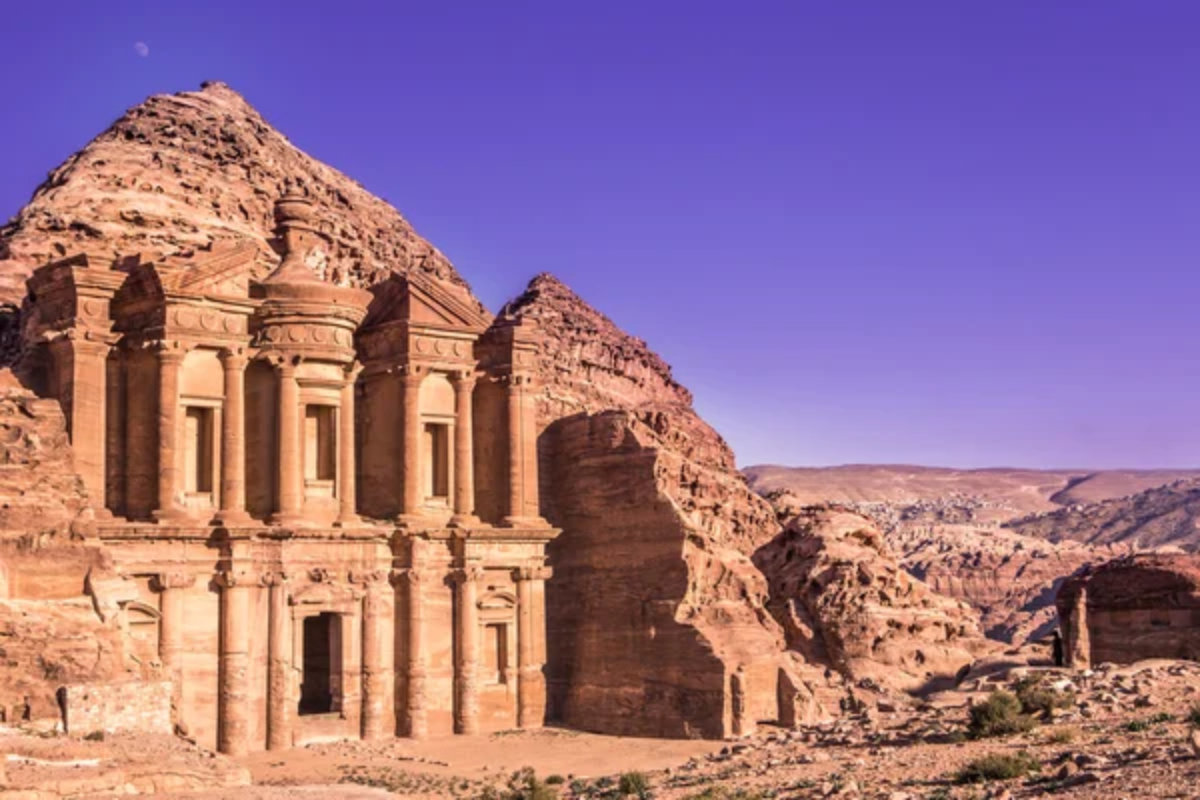
Petra is the perfect ‘ancient civilization hub’ in archaeological adventure games. The narrow Siq entrance dramatically unveils the Treasury, much like a scripted camera moment in a game’s key discovery scene.
The vast complex extends beyond the famous façade, rewarding explorers who venture deeper with lesser-known monuments and viewpoints. Local Bedouin guides share stories that add rich lore to the experience, explaining architectural details and historical significance easily missed by casual visitors.
Angkor’s Temple Complex

Angkor’s sprawling temple complex in Cambodia operates like the expansive ‘lost city’ level in adventure games. The site is so vast that planning an efficient route becomes its strategic mini-game.
Tree roots engulf ancient stones at Ta Prohm, creating that familiar aesthetic of nature reclaiming civilization. The different architectural styles across the complex reflect different ‘development periods’ in the Khmer Empire, allowing visitors to track historical progression visually through physical space.
Like Travel Pug’s content? Follow us on MSN.
Australian Outback
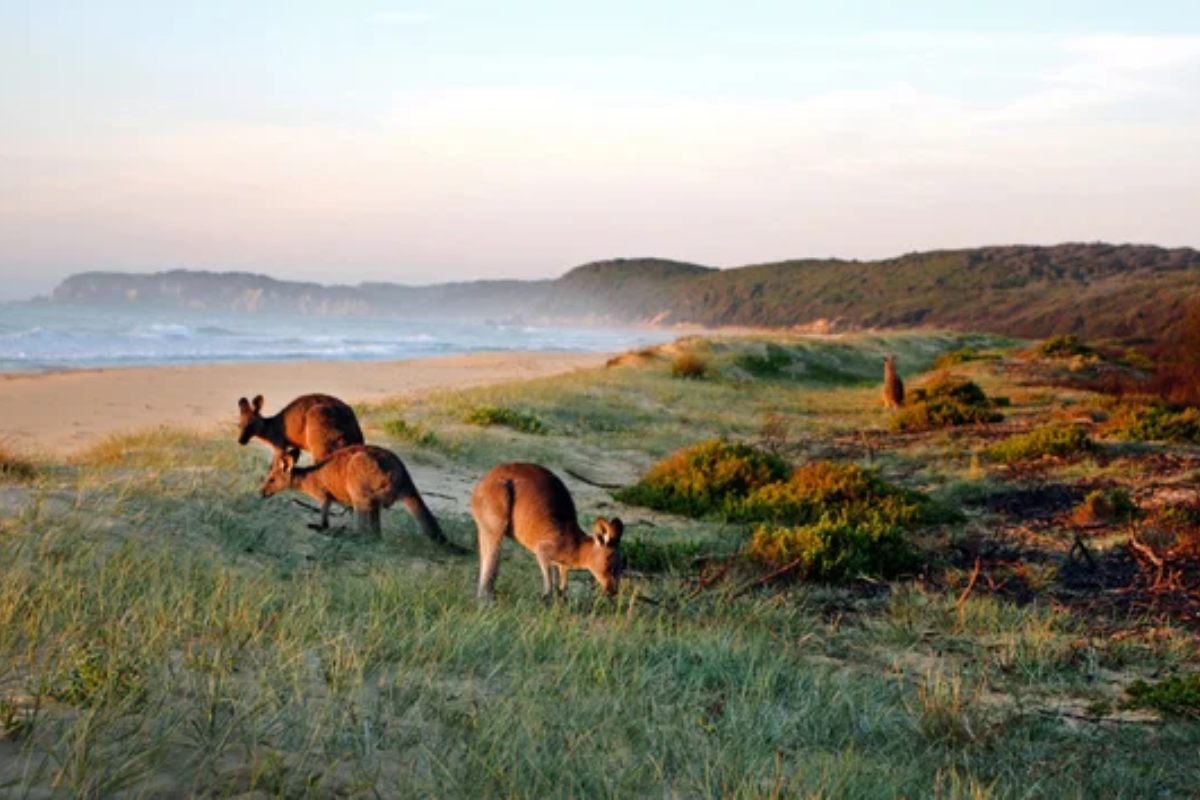
The Australian Outback embodies the ‘challenging environment’ zone that tests players’ preparation and resource management. The vast distances between points of interest create genuine journeys rather than mere travel. Stars blanket the night sky with unprecedented clarity, creating a natural guidance system reminiscent of game waypoints.
Wildlife encounters happen unpredictably, from kangaroos bounding alongside roads to wedge-tailed eagles soaring overhead, creating those random encounter moments familiar to gamers.
Bolivia’s Salar de Uyuni
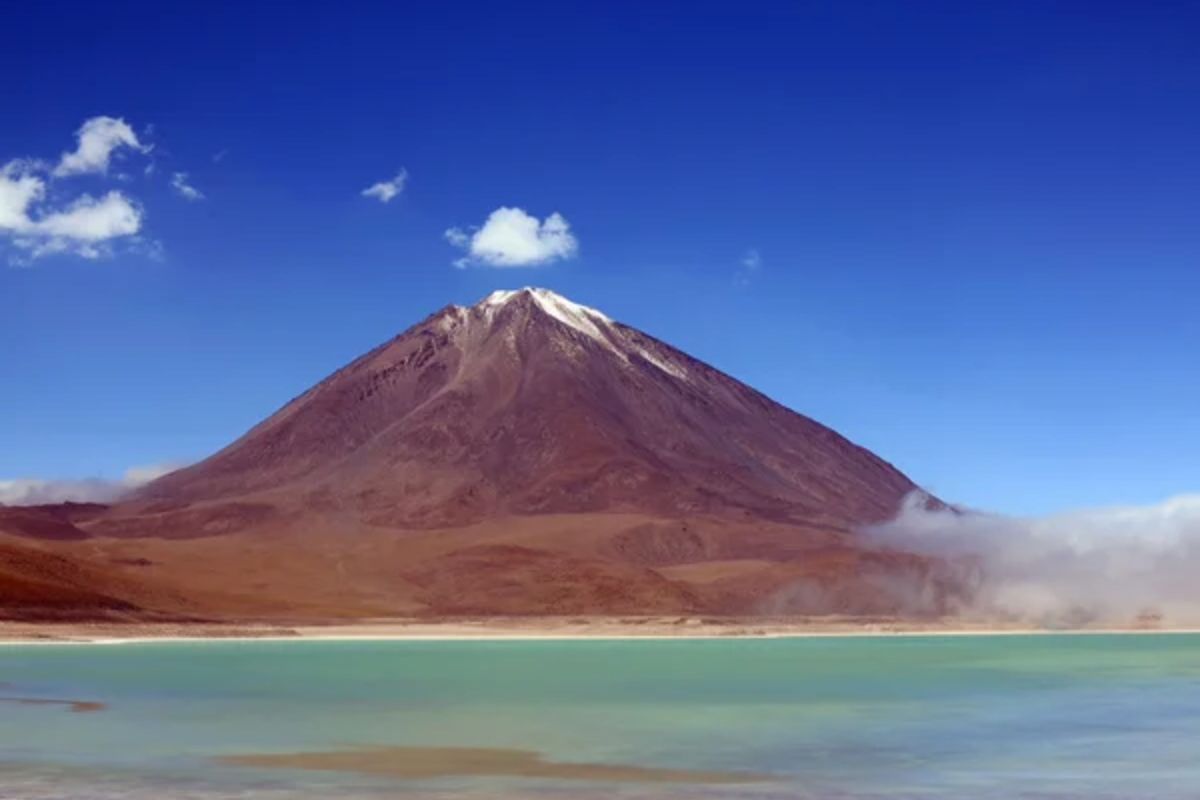
The Salar de Uyuni functions as the surreal ‘special environmental zone’ found in innovative games. The world’s largest salt flat creates a landscape so alien that it seems designed rather than natural.
During the rainy season, a thin layer of water transforms the flats into the world’s largest mirror, creating an optical illusion that erases the horizon. The edge of the salt flats serves as unique ‘safe houses’ in this strange environment, constructed entirely from salt blocks harvested from the flats.
Vietnam’s Ha Long Bay

Ha Long Bay creates that perfect ‘water level’ atmosphere found in the most visually stunning games. The thousands of limestone islands create a natural maze that rewards exploration with hidden lagoons and caves.
Traditional wooden junk boats serve as moving bases of operation, allowing visitors to cover large areas while maintaining comfortable accommodations. The changing weather transforms the bay’s appearance throughout the day, from misty morning mystery to crystal-clear afternoon visibility.
Like Travel Pug’s content? Follow us on MSN.
Namibia’s Skeleton Coast
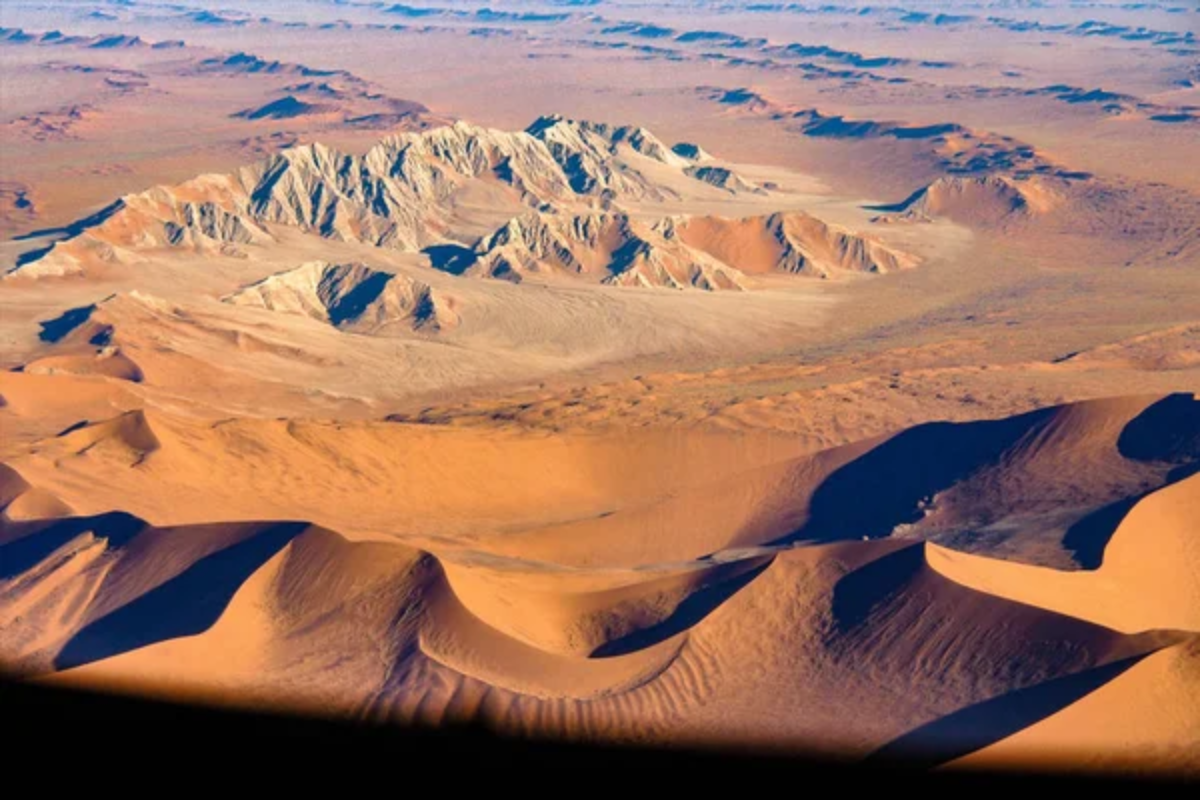
The Skeleton Coast has the same sense as arriving in a game’s endgame zone—breathtaking yet merciless. Where the desert and the ocean meet, there is a world of extreme contrasts: shipwrecks and whale skeletons lining vast shores.
Its sheer remoteness means wildlife sightings become truly special, from desert elephants to lions that have mastered seal hunting on the coast. Coastal fog provides a natural stealth mode, obscuring vision to produce surprise and discovery.
Nepal’s Himalayan Trails
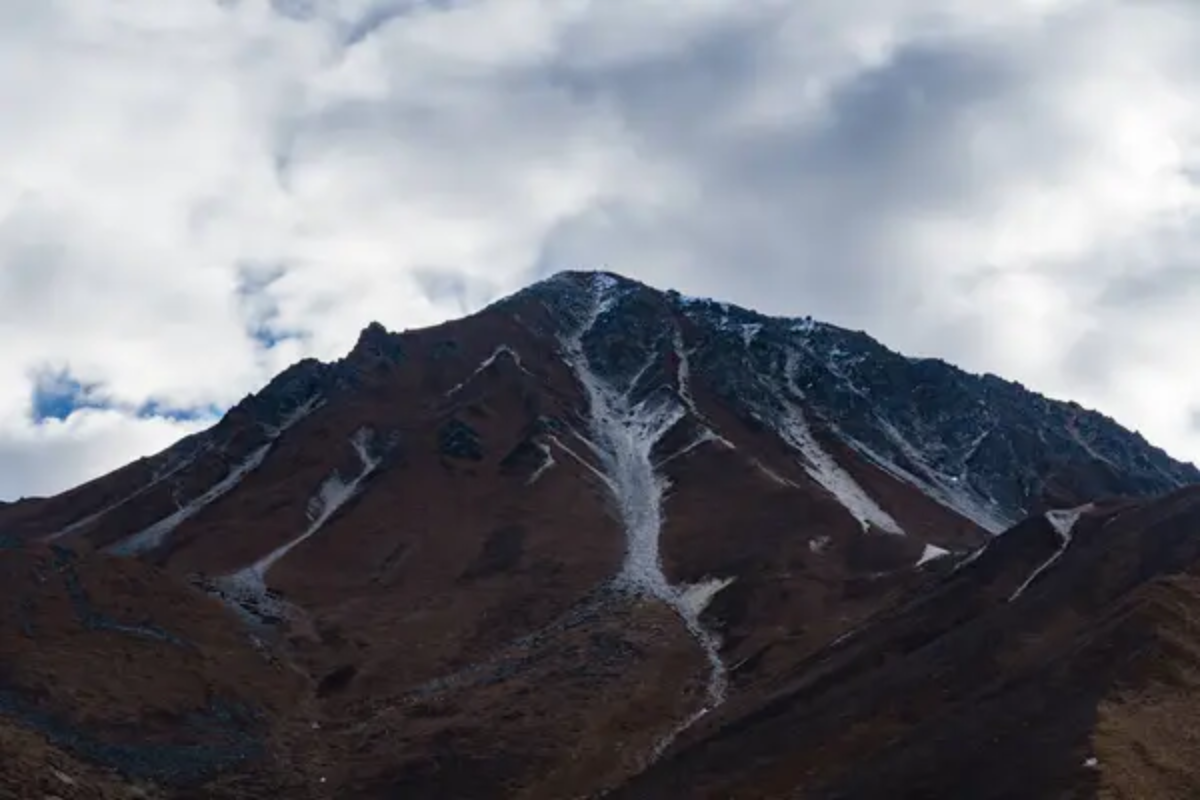
Nepal’s Himalayan trails follow the traditional progression of mountain region adventure games. The teahouse trek network provides a natural route through increasingly dramatic scenery, with villages acting as rest stops and supply bases.
The altitude progression mirrors the game’s difficulty progression, with correct acclimatization required before entering higher levels. Local sherpas guides possess expert knowledge, opening routes and imparting cultural information to enhance the experience.
Norwegian Fjords
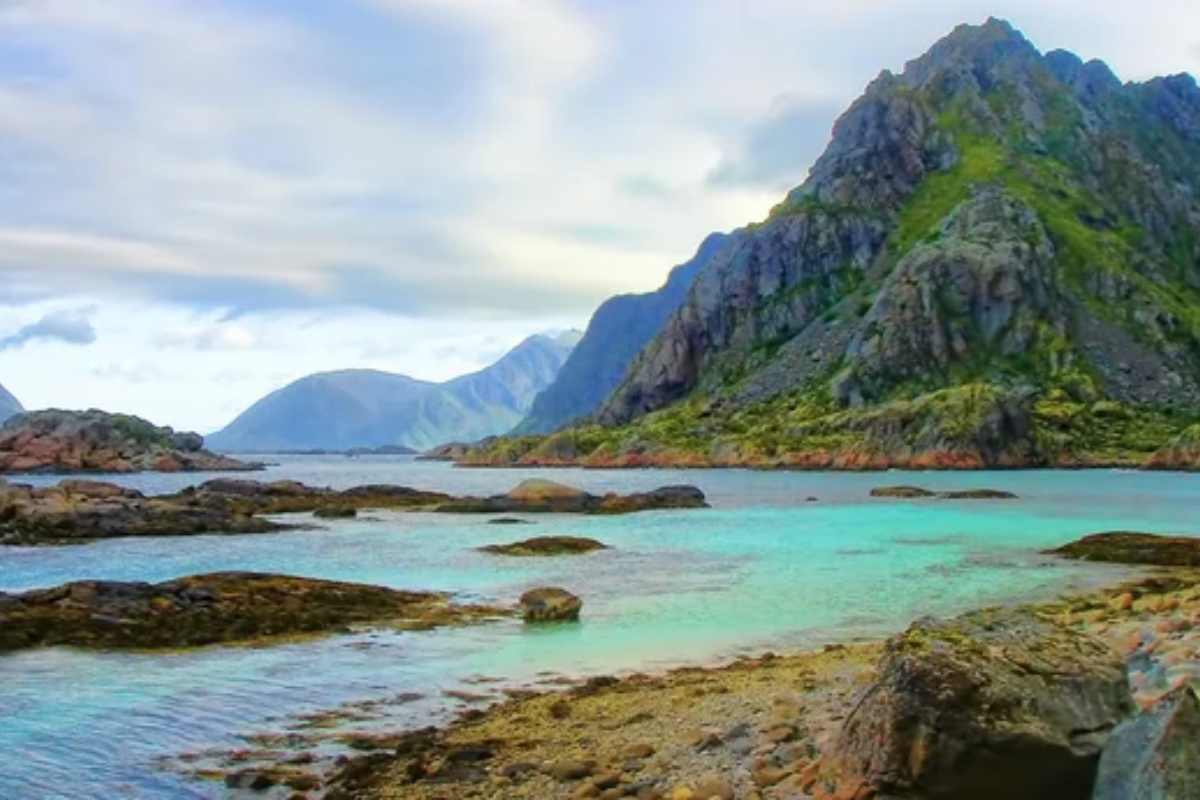
The Norwegian Fjords capture the epic northern scenery of fantasy games. The sheer verticality of these waterways—with cliffs towering thousands of feet above the sea—produces an awe that even the greatest graphics can’t quite capture.
Tiny villages in sparse flat areas feel like ideally placed settlements in a game world’s geography. The seasonal extremes change the area, from summer’s midnight sun to winter’s northern lights, providing differing gameplay experiences.
Like Travel Pug’s content? Follow us on MSN.
Mexico’s Copper Canyon
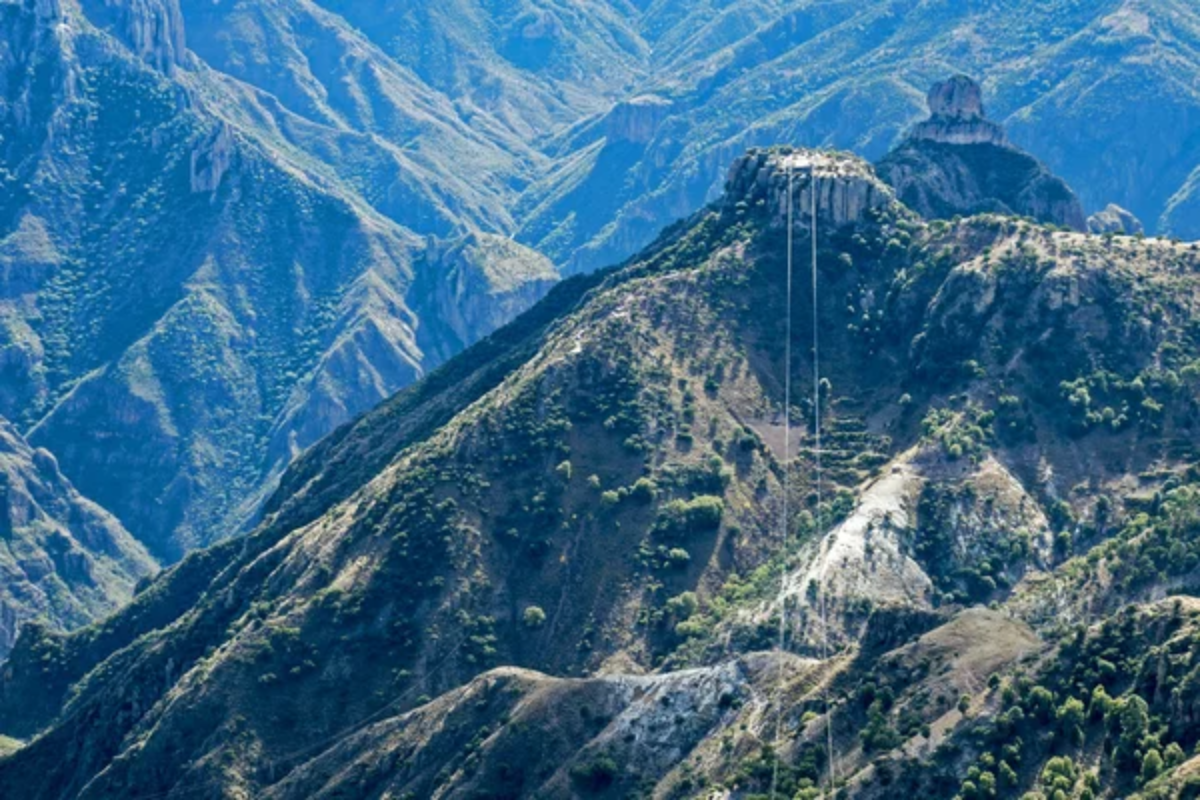
Mexico’s Copper Canyon system provides the ‘undiscovered area’ sensation of stumbling upon a huge game zone most gamers overlook. The six-part canyon system is deeper and wider than the Grand Canyon but gets a fraction of the tourist traffic.
The Rarámuri locals who call the area home have preserved traditions intact for centuries, providing cultural interactions that feel like the discovery of a game’s most fascinating non-player characters. The Chihuahua al Pacifico train is a magnificent transportation mechanism, ferrying travelers over canyon rims and through tunnels hewn into mountainsides.
Morocco’s High Atlas
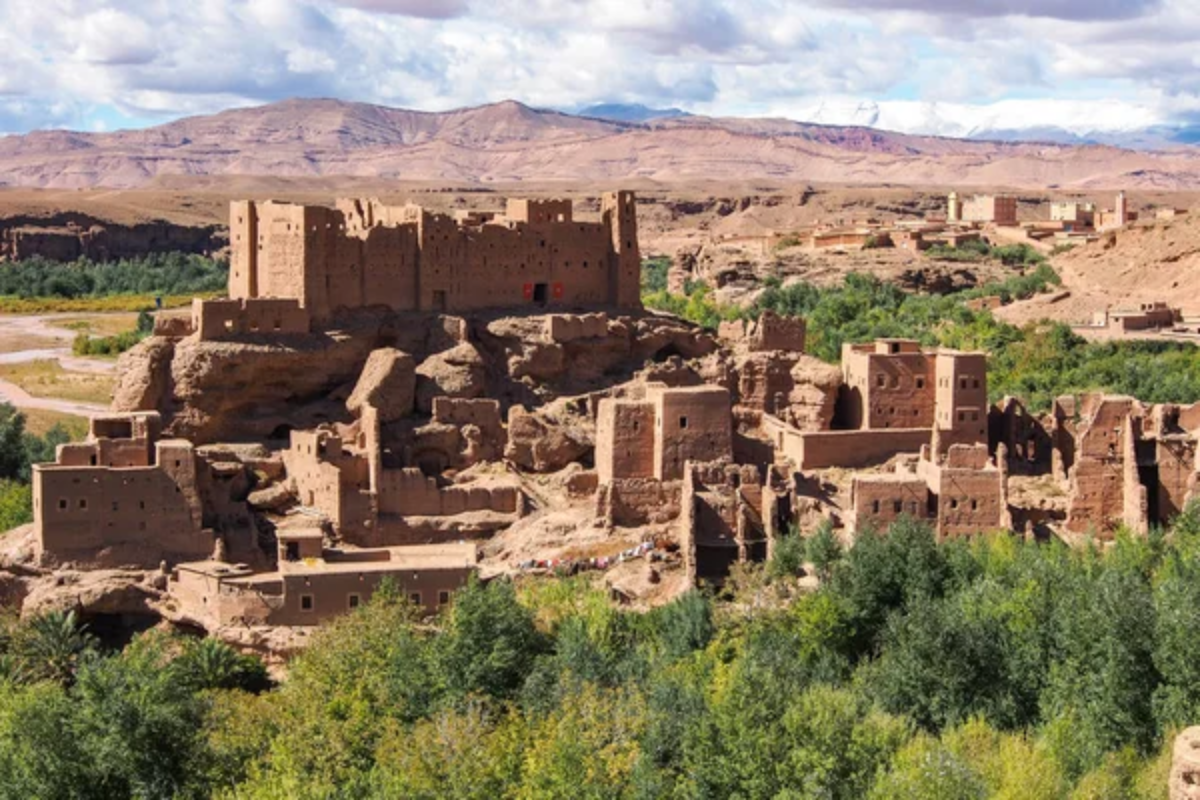
The High Atlas range forms the ideal ‘difficult but worthwhile’ mountain area for sophisticated open-world games. Ancient kasbahs atop strategic high ground provide ideal vantage points from which to view the landscape.
Historic Berber villages are quest terminals, providing genuine accommodation and cultural immersion away from mainstream tourist trails. The resultant stark seasonal changes alter trek difficulty levels, with summer permitting access to high passes that are impassable in winter.
Madagascar’s Avenue of the Baobabs
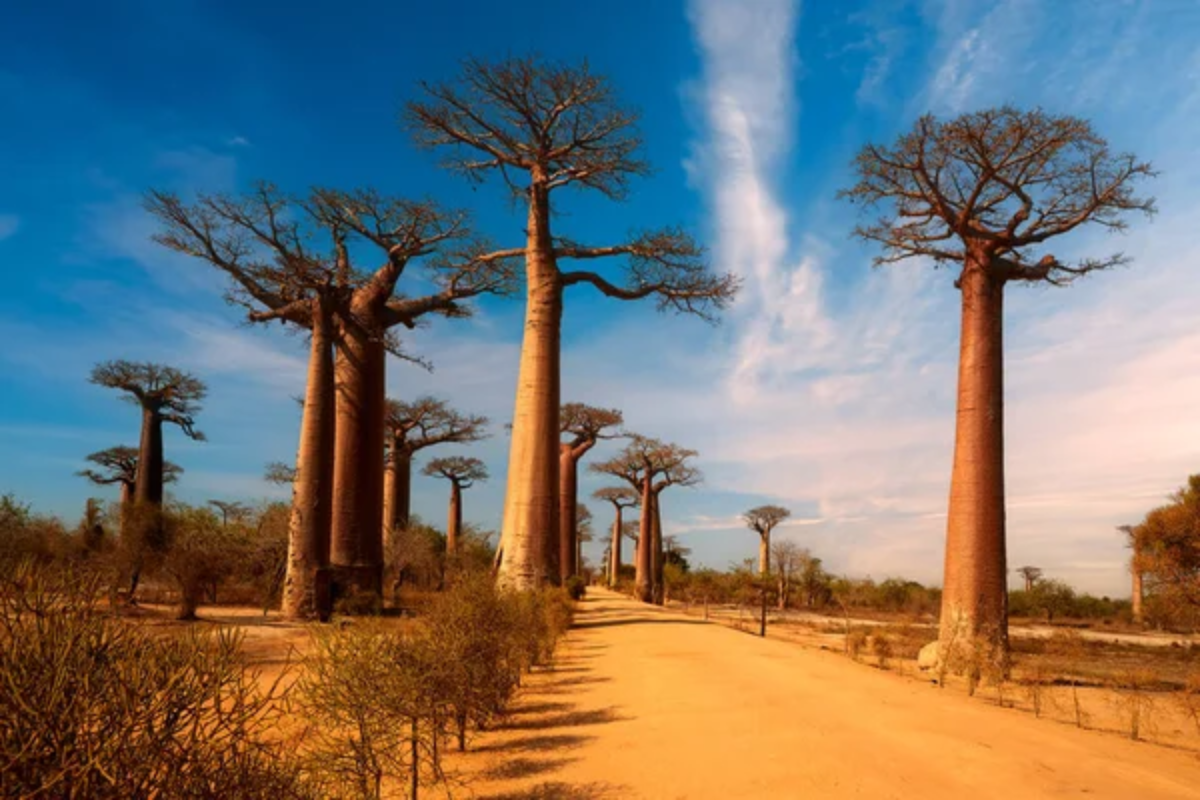
Madagascar’s Avenue of the Baobabs provides that ideal ‘unique biome’ experience that completionist players crave. The ancient trees, as much as 100 feet tall and with trunks 36 feet wide, form an environment designed for visual effect.
The isolation of this island nation has bred fauna only discovered here on earth, providing that ideal ‘region-specific creature’ gathering opportunity. Locals will provide information about the native healing properties of vegetation, with an experience similar to accessing expert-level crafting information through a game’s lore system.
Like Travel Pug’s content? Follow us on MSN.
The Living Legacy

These destinations demonstrate how real-world travel can capture the essence of open-world gaming—the freedom to explore at your own pace, the thrill of discovery, and the satisfaction of gradually mastering an environment.
The key difference, of course, is that these places offer genuine history, authentic cultural connections, and natural wonders shaped by millions of years rather than talented designers. Perhaps the greatest travel experiences balance structure with freedom, offering direction without removing the joy of personal discovery—a lesson the best game designers and travelers understand equally well.
More from Travel Pug

- Cities Growing so Fast You Won’t Recognize Them in 10 Years
- 13 Destinations Where Tourists Regularly Regret Their Trip
- 20 Obscure WWII Sites Even History Buffs Don’t Know About
- 10 Under-the-Radar Mountain Towns That Are Both Affordable and Beautiful
- Remote Villages in Europe Where You Can Live for Free in Exchange for Work
Like Travel Pug’s content? Follow us on MSN.
